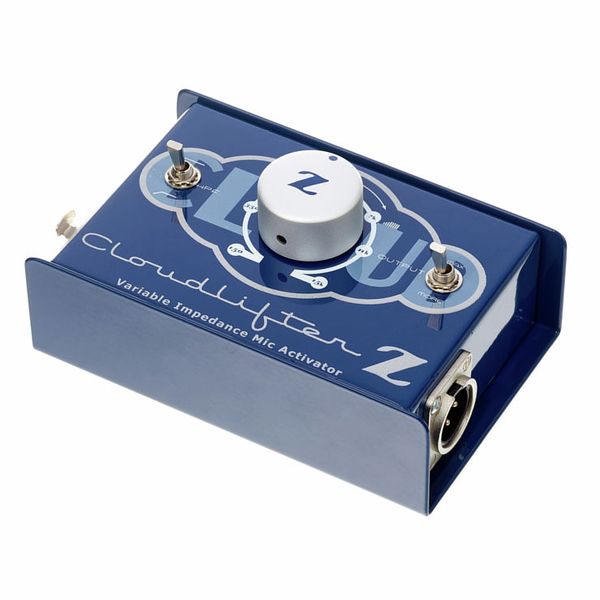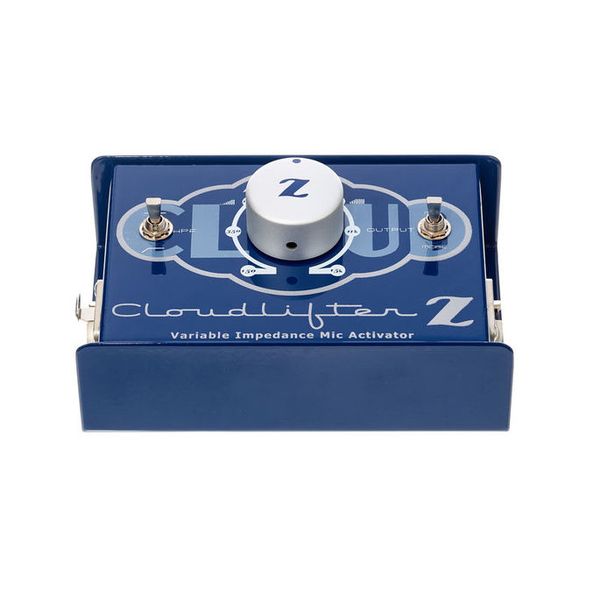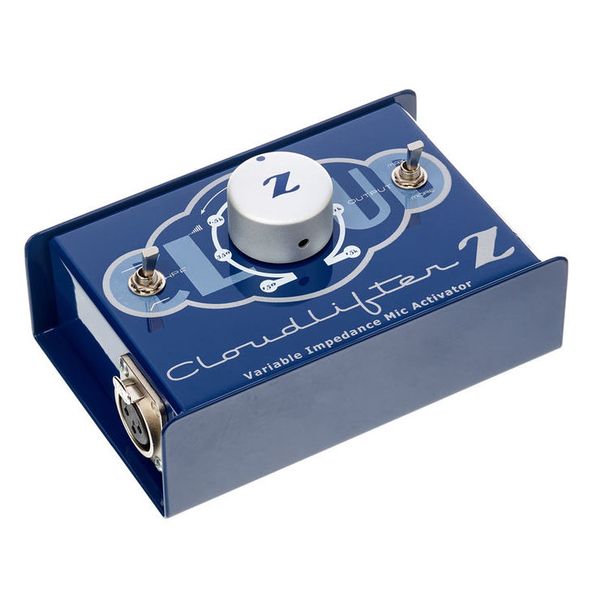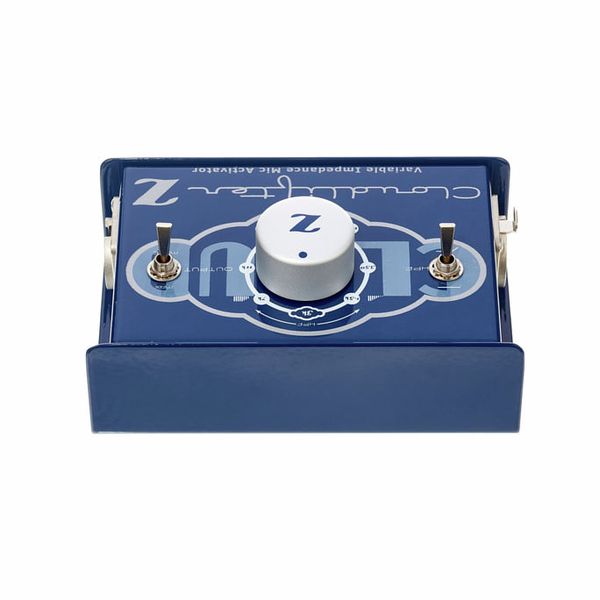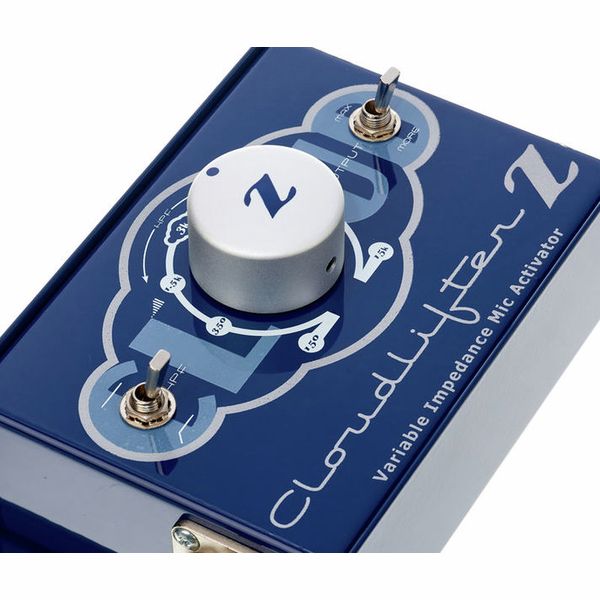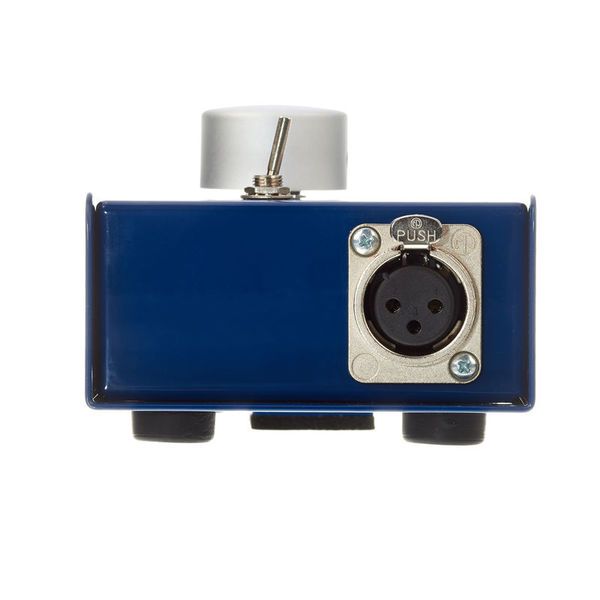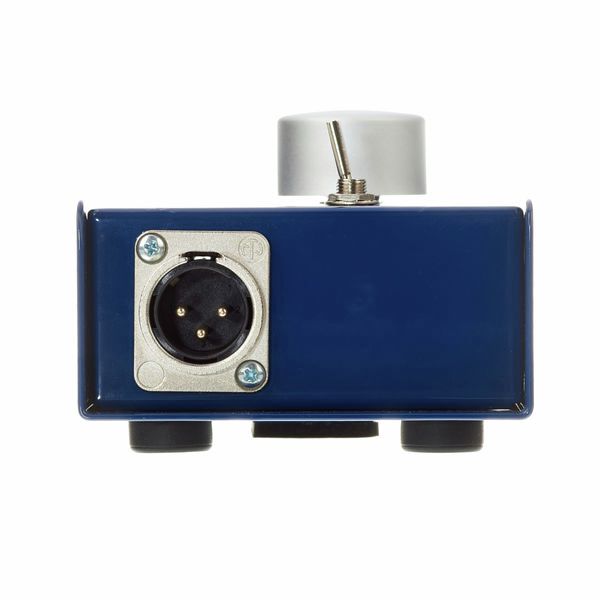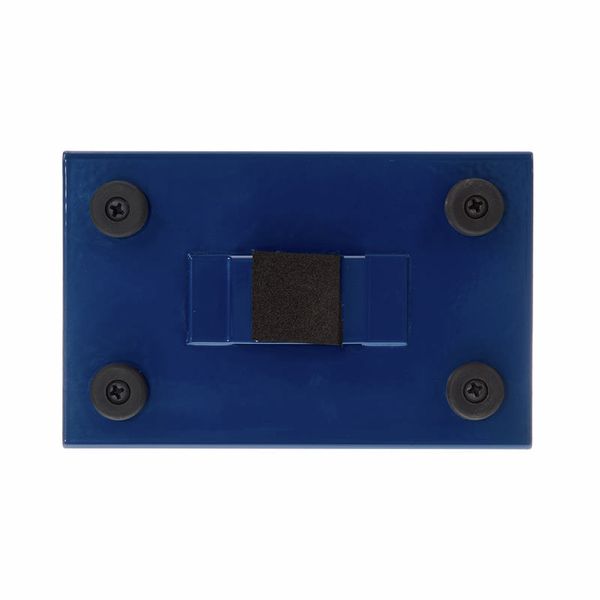
Podane z miłością!
Dzięki naszym plikom cookie chcielibyśmy zaoferować najlepsze możliwe doświadczenia zakupowe wraz ze wszystkim, co się z tym wiąże. Obejmuje to na przykład odpowiednie oferty, spersonalizowane reklamy i zapamiętywanie preferencji. Jeśli Ci to odpowiada, po prostu udziel zgody na używanie plików cookie do preferencji, statystyk i marketingu, klikając „W porządku!” (pokaż wszystko)
Zgodę można wycofać w dowolnym momencie za pośrednictwem ustawień plików cookie (here)
Zgodę można wycofać w dowolnym momencie za pośrednictwem ustawień plików cookie (here)

